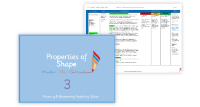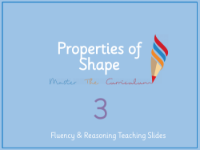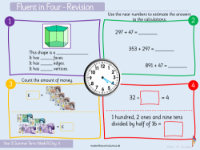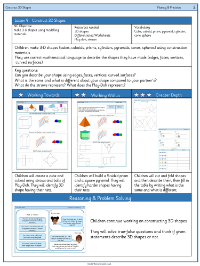Properties of shape - Construct 3D shapes - Planning
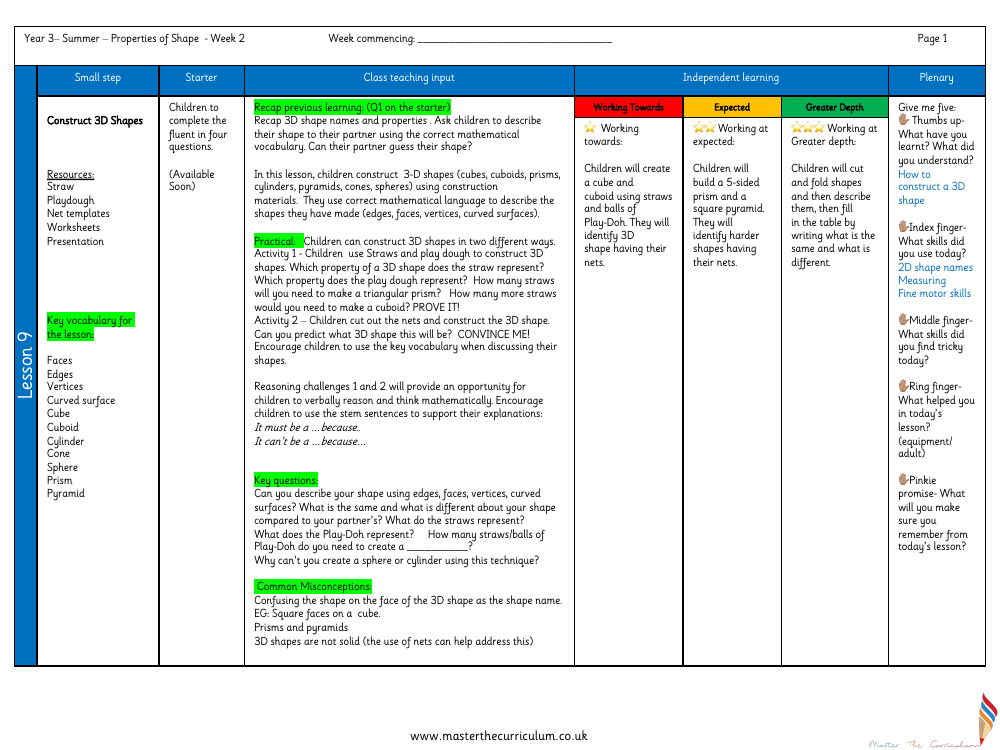
Maths Resource Description
During a Year 3 summer term lesson on the Properties of Shape, students delve into the world of three-dimensional figures through a hands-on approach to constructing 3D shapes. The lesson equips young learners with resources such as straws, playdough, and net templates, alongside worksheets and a presentation to guide their exploration. The key vocabulary introduced in this lesson includes terms crucial for describing 3D shapes: faces, edges, vertices, curved surfaces, and names of specific shapes like cube, cuboid, cylinder, cone, sphere, prism, and pyramid. Students begin by revisiting previous learning, where they use this vocabulary to describe 3D shapes to a partner and attempt to guess the shape based on the description provided.
Throughout the lesson, children engage in constructing 3D shapes using two methods. In the first activity, they use straws and playdough to represent the edges and vertices of shapes such as triangular prisms and cuboids, while discussing the properties of each shape. The second activity involves cutting out and assembling shapes from net templates, predicting and verifying the resulting 3D figure. Reasoning challenges encourage students to articulate their thought processes using specific sentence stems, enhancing their mathematical communication skills. The lesson aims to clarify common misconceptions, such as confusing the shape of a face with the overall shape name, and addresses the differences between prisms and pyramids. The plenary session prompts students to reflect on what they've learned, the skills they've used, and how the lesson's resources have aided their understanding, ensuring they remember the key points of constructing 3D shapes.

